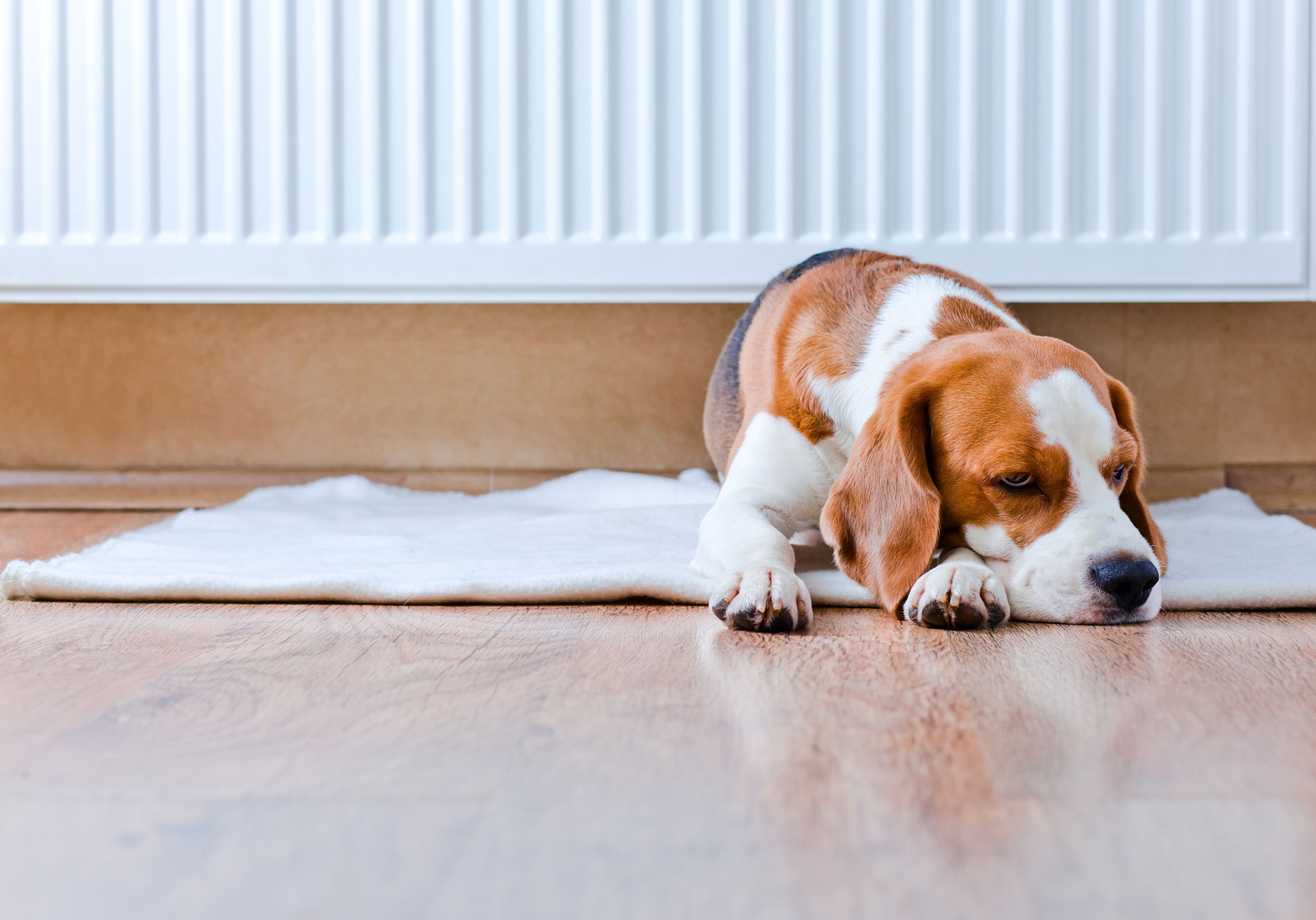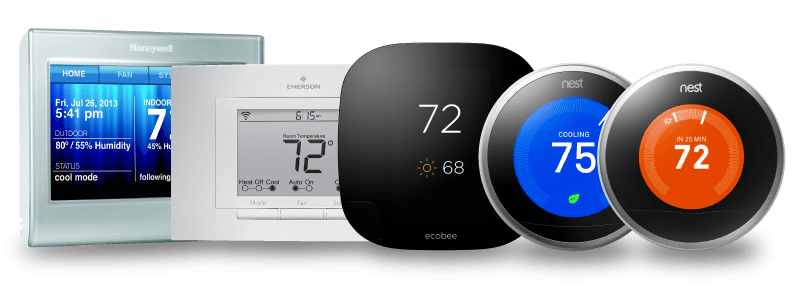As Australians, we usually live in perpetual denial of the existence of winter – or if you watch Home and Away, the denial of rain. But with the coldest winter on record in more than a decade, it’s hard to deny this one (even in Alice Springs, where it’s currently a frosty 28 degrees!). So as temperatures right around the country regularly dip below 5 degrees, it’s inspired many Aussies to run out and buy themselves new electric heating.
If you’re one of the many planning on buying a replacement or additional heater this winter, you may like to consider our guide to winter heating before you do. In part one, we’re going to look at electric heating and in part two, it’ll be gas. If your home has the capacity for both and you’d like to make a comparison between gas and electric heating, well, you’ll just have to check back in a couple of days!
Fan heaters
Small and portable, fan heaters warm a small area rather quickly by pumping air over a heated element in the direction they’re pointed at. They’re best suited to smaller rooms and some also come in the form of swivelling towers to spread the heat out over a wider arc. The downside is that they can chew up a lot of electricity, so they’re probably only best to use in areas that are only used sporadically – the home office, for instance.
Column heaters
Upright and easy to move around on their casters, column heaters typically contain oil but newer models are now oil-free, using a new kind of heating technology called ‘drytech’ instead, which consumes 30% less electricity and is quicker to warm up. Column heaters are good for heating spaces over long periods, and are also cooler to touch, so they’re good if you have kids around. The downside is that they take a while to heat up, so you’ll want to purchase one with a timer.
Convection heaters
Good for heating larger spaces, convection heaters contain an element in the body of the unit that generates heat to warm the air around them, and eventually the rest of the room. Most convection heaters also have an inbuilt fan, to push the warm air around the room, which helps heat areas quickly. They’re usually wheel mounted, like column heaters, but there are also wall-mounted ones available too.
Radiant heaters
These emit heat via infrared radiation from their red bars to warm people and objects in their direct path. Because radiant heaters don’t try to heat the air around them, they consume less electricity than fan or convection heaters which do heat the air around them. The downside to this, however, is that a radiant heater is only very good as a personal heater or for warming small spaces.
Reverse-cycle air conditioners
The gold-standard in electric heating – but only if you can stretch your budget to a permanently installed split system. A split system is the ultimate option if you live in a climate that requires heating (and cooling) all day long, although it does use a fair amount of energy. That said, if you work from home or you’re home with the kids most days, a split system is a more economical option year round, allowing you to pick which rooms of your home to heat or cool. The downside is that they’re not suitable for renters, since they need to be permanently installed.
Our electric heating picks
Heating small spaces – column heater
For heating small spaces or areas that can be closed off with a door over long periods, we reckon a column heater is the best option, especially if you have kids around. They’re great for heating bedrooms and, for home-based workers, the home office. One big drawcard, is the ability to set them on a timer, which is useful since they take a while to warm up. This means you can program them to come on and heat a bedroom during the cold part of the morning or to come on in time for when you get home from work, and so on.
Heating large areas – convection heater
If you need to heat vast open spaces over long periods – and quickly – then the convection is the best option. They push out a lot of heat that warms the air around them, so rooms heat up fast, which also means you don’t need to be sitting on them to defrost your frozen limbs and extremities. In comparison to fan heaters, they also don’t use as much energy, which doesn’t hurt either.
Want to find out more about heating? Read Part 2 of our Winter Heating Guide here.








